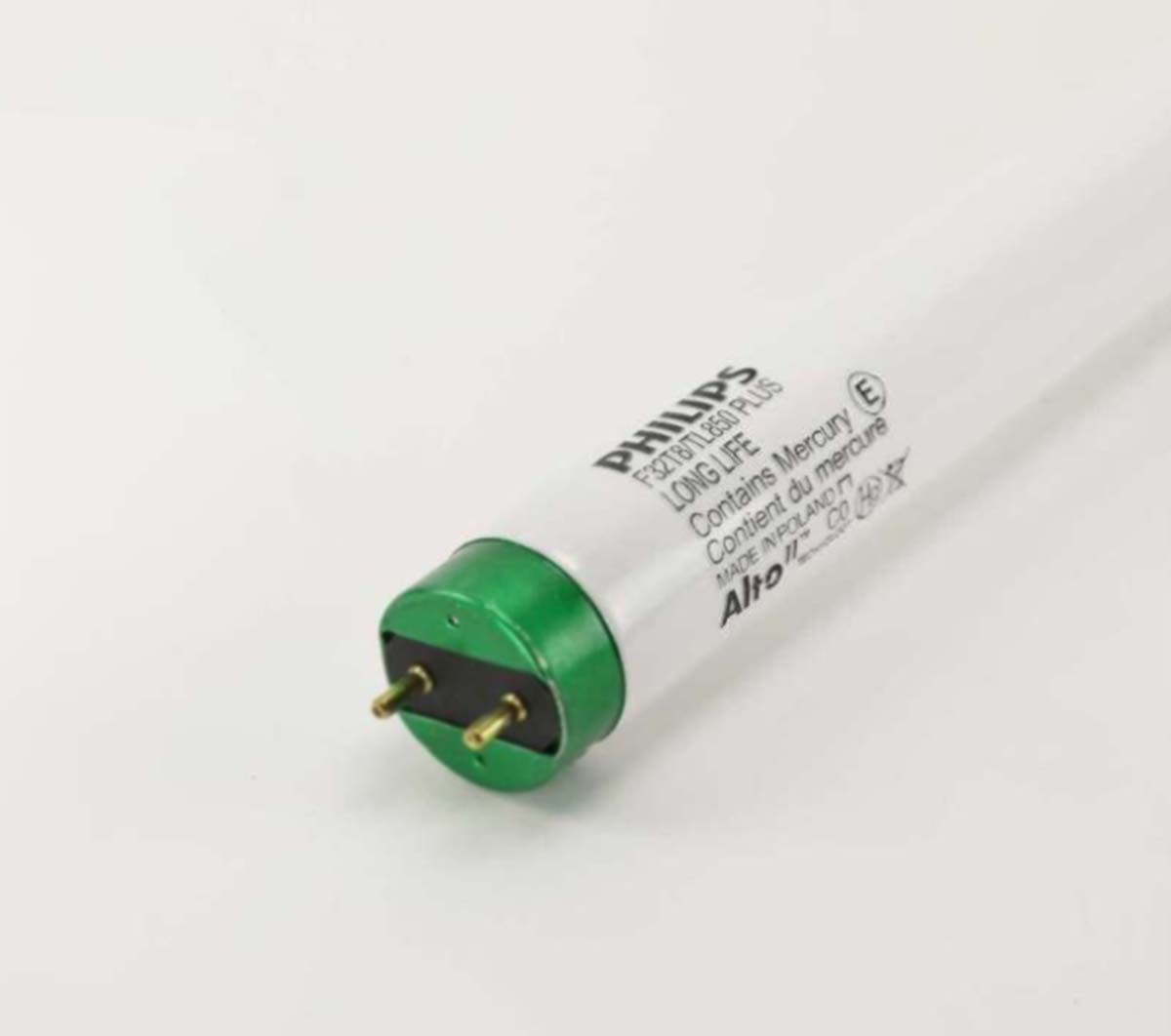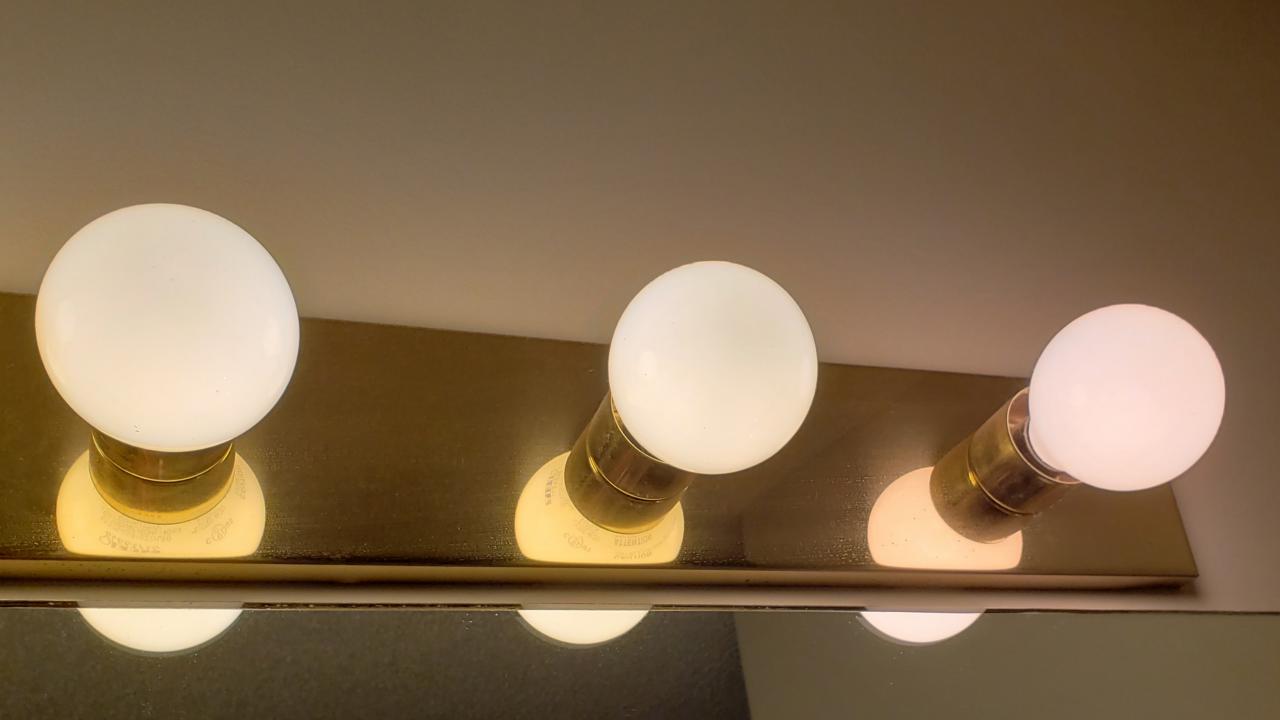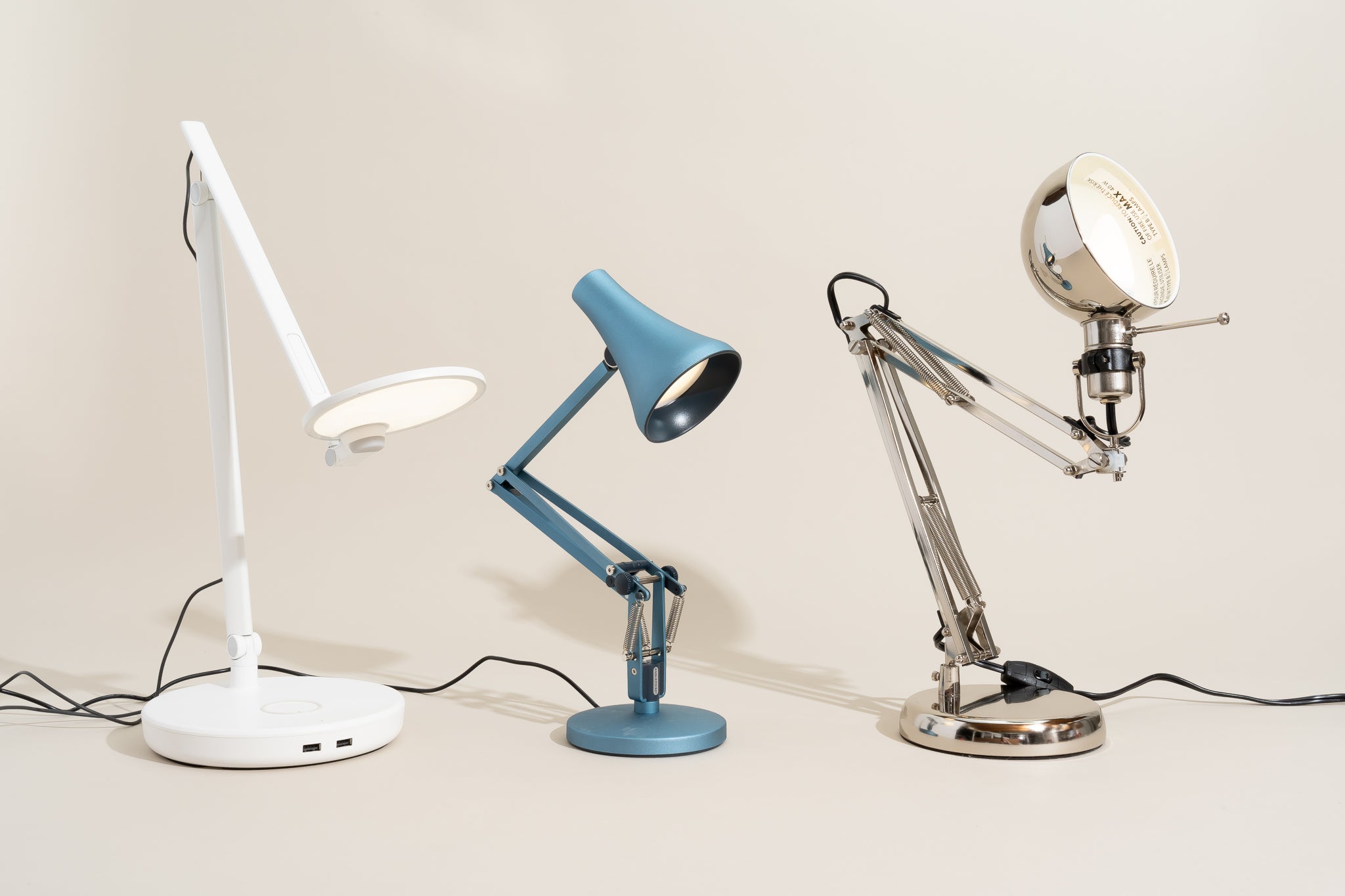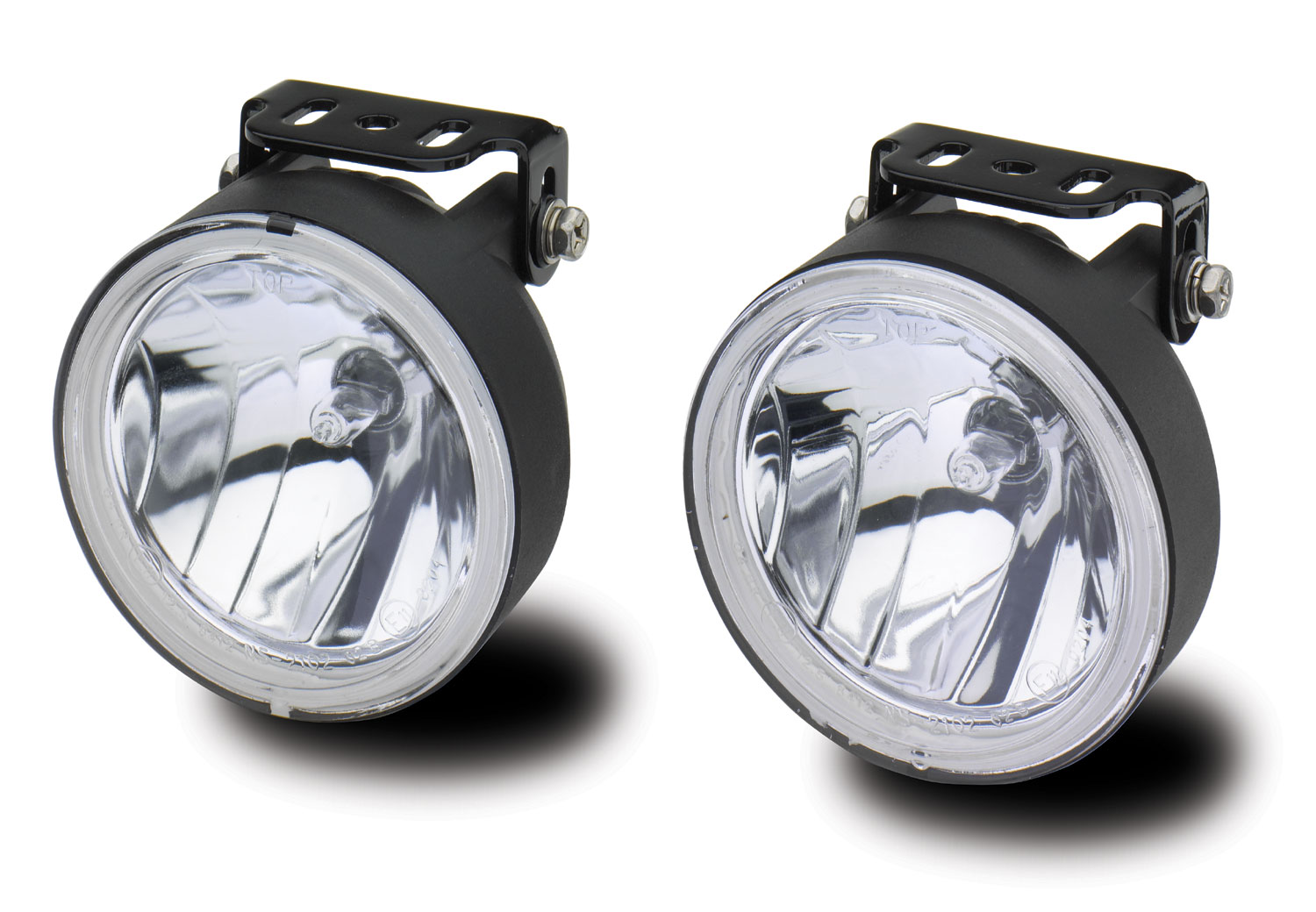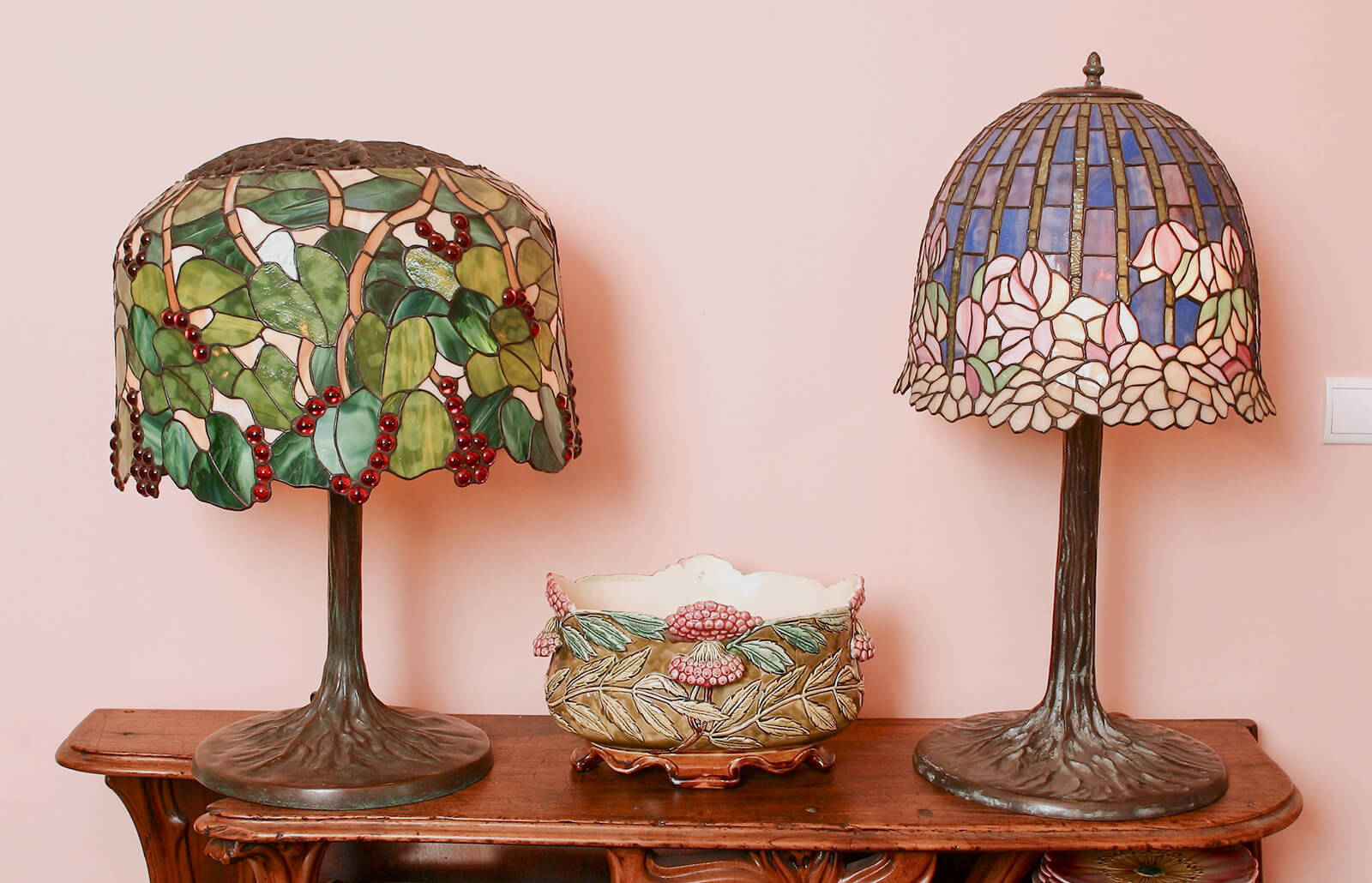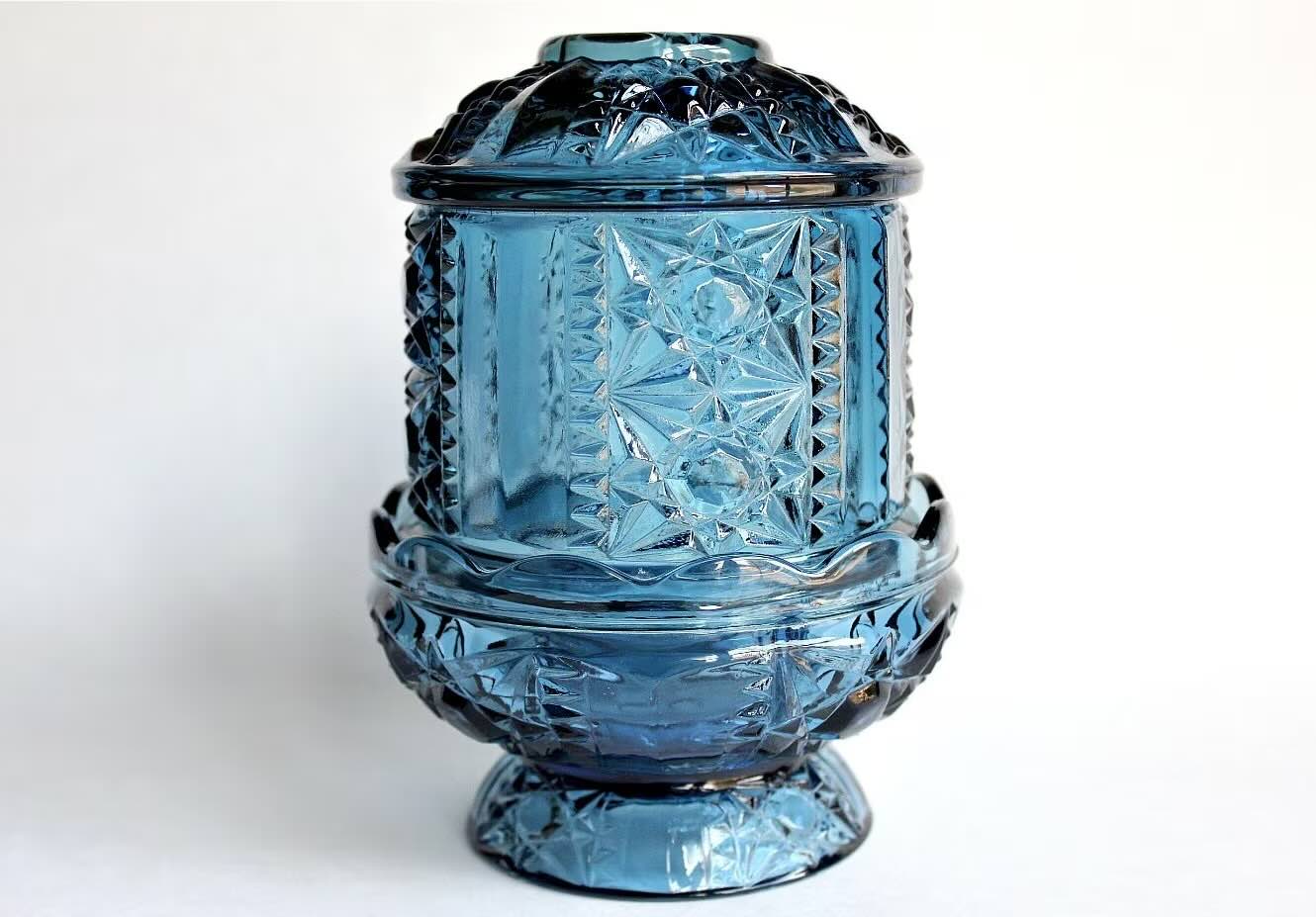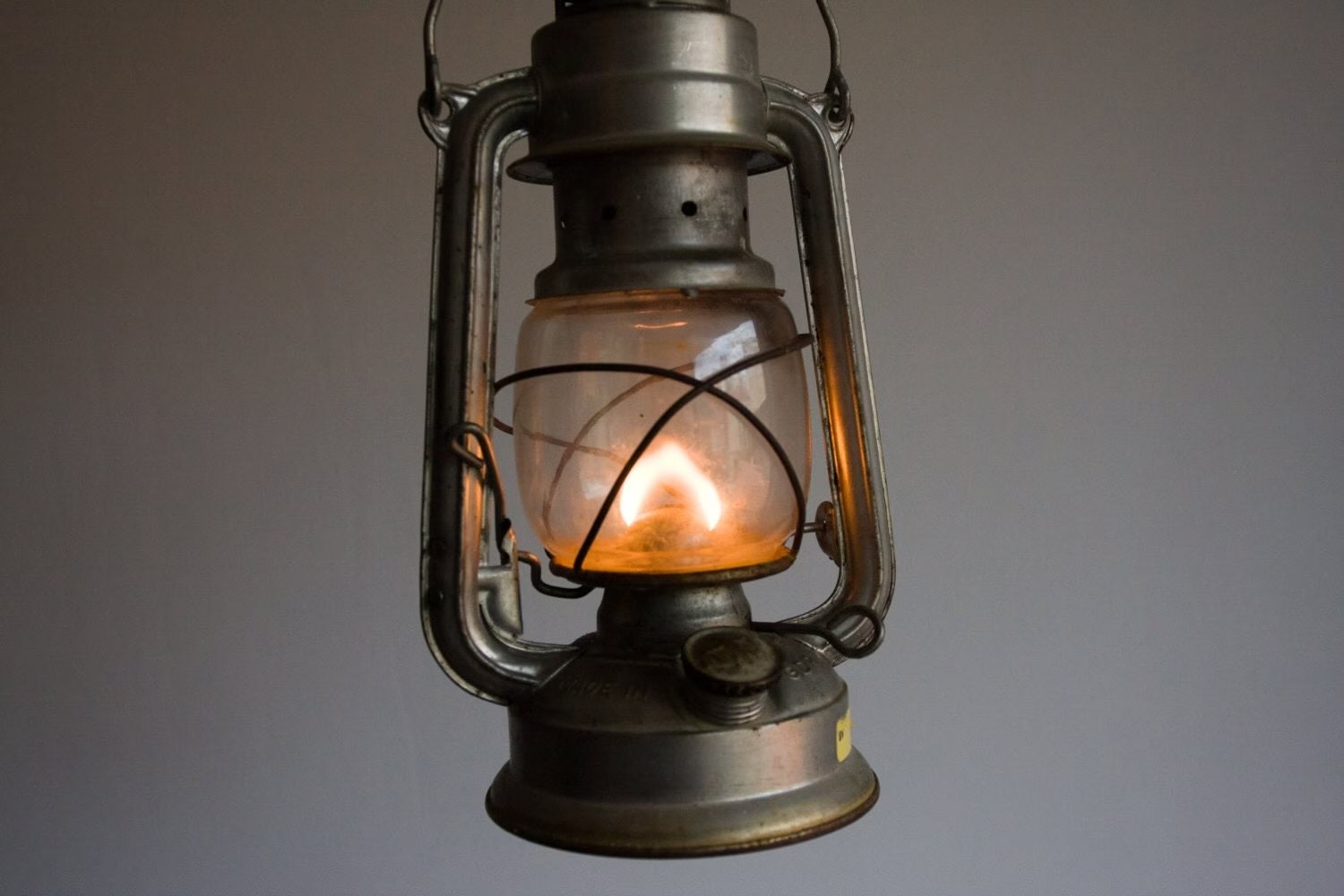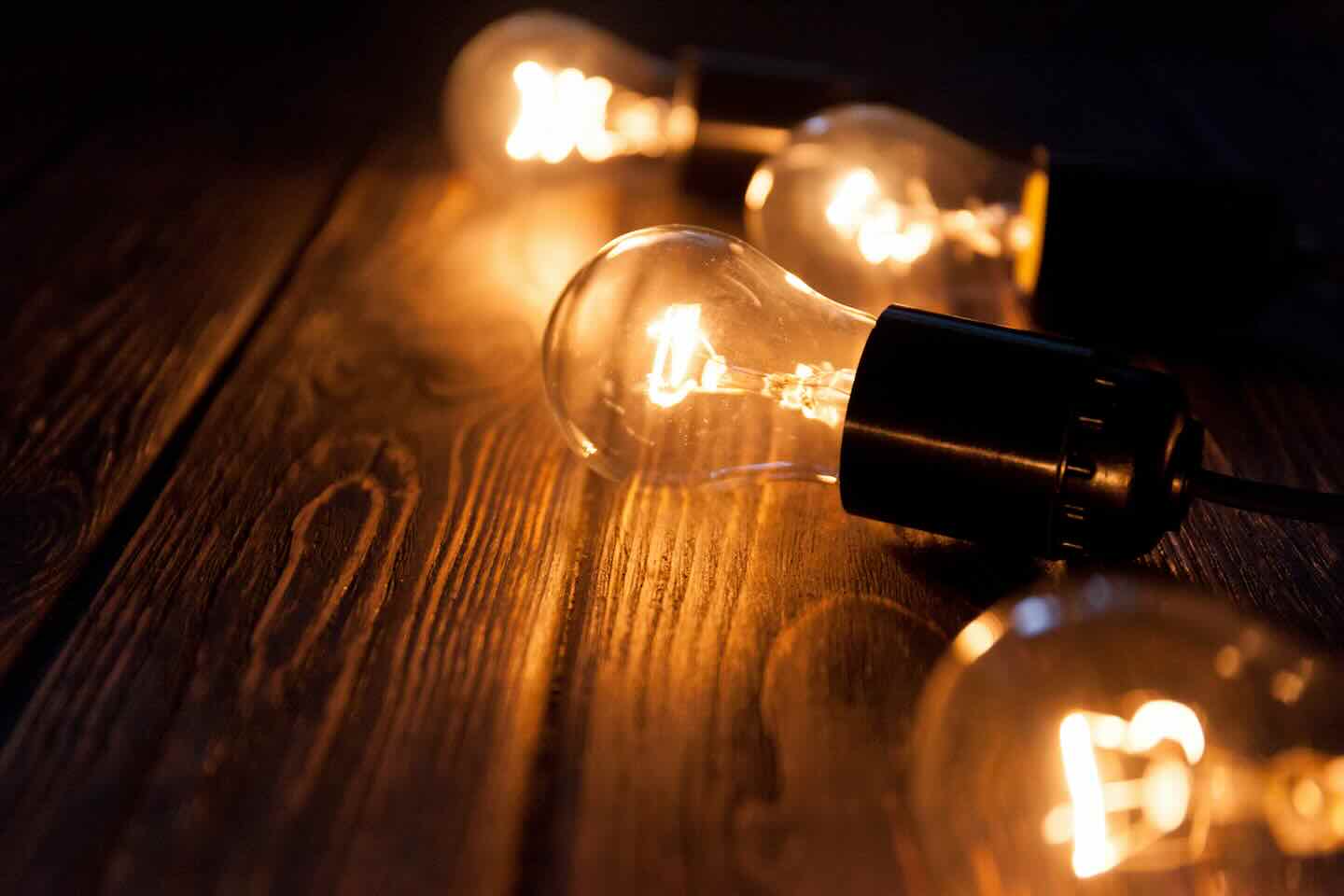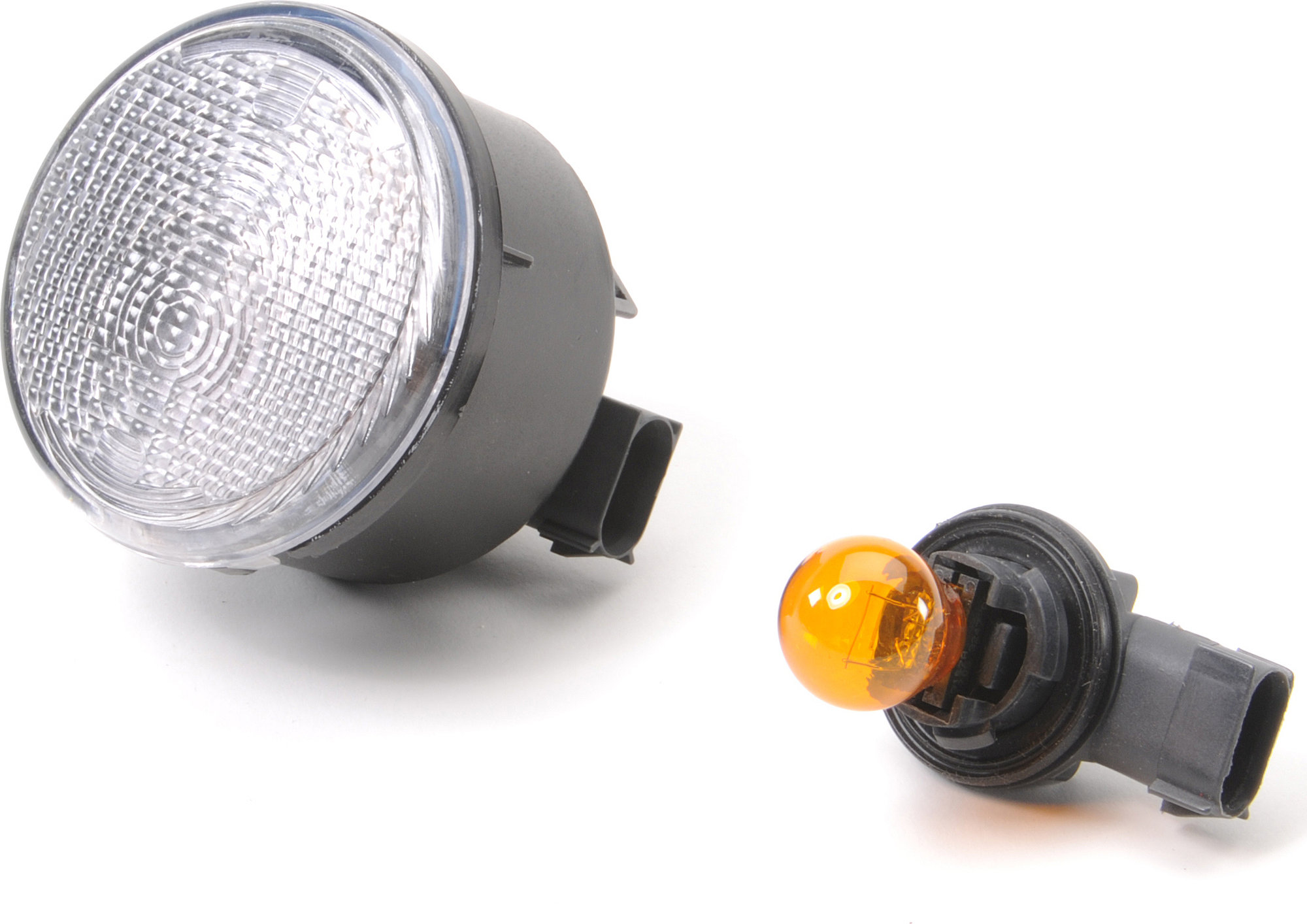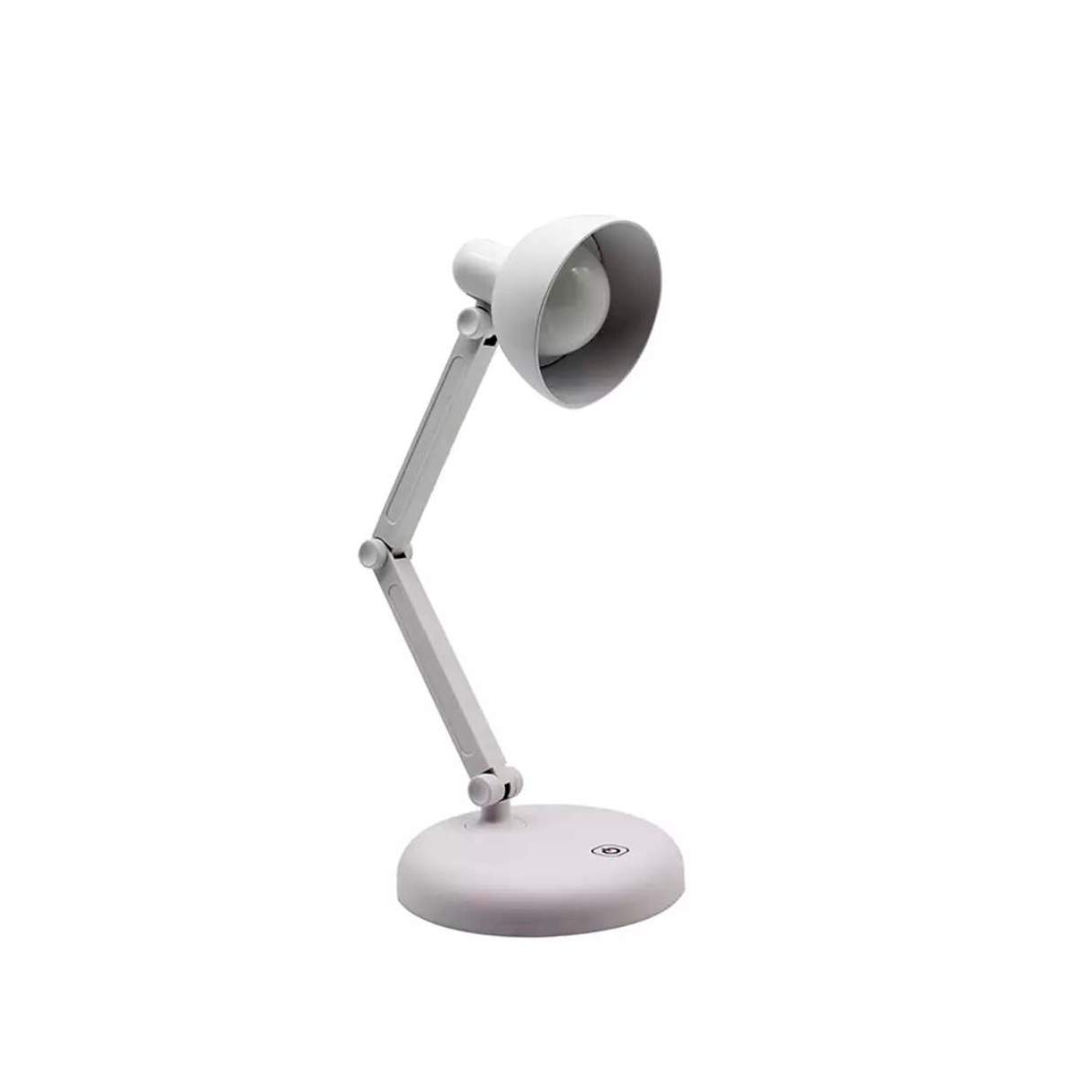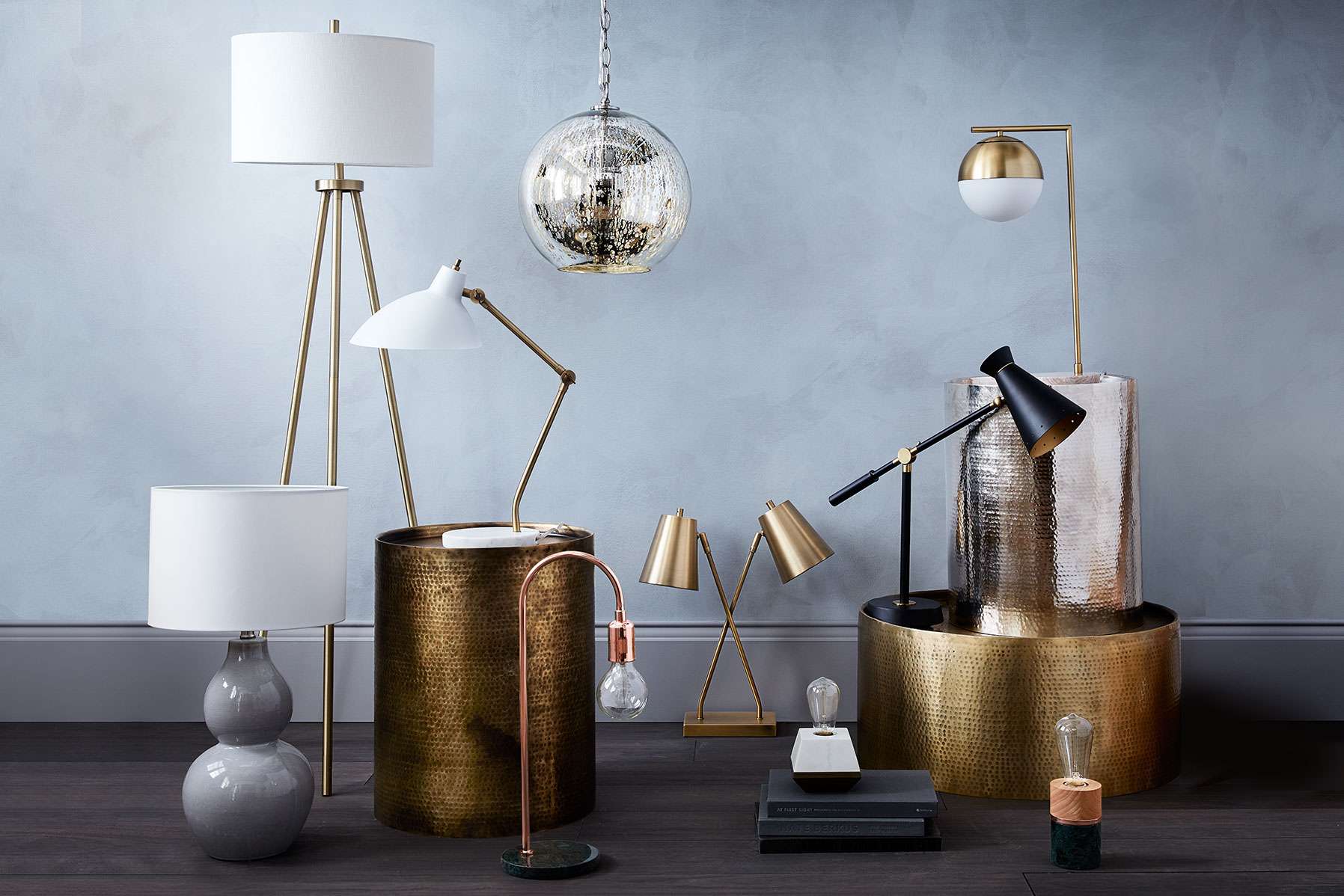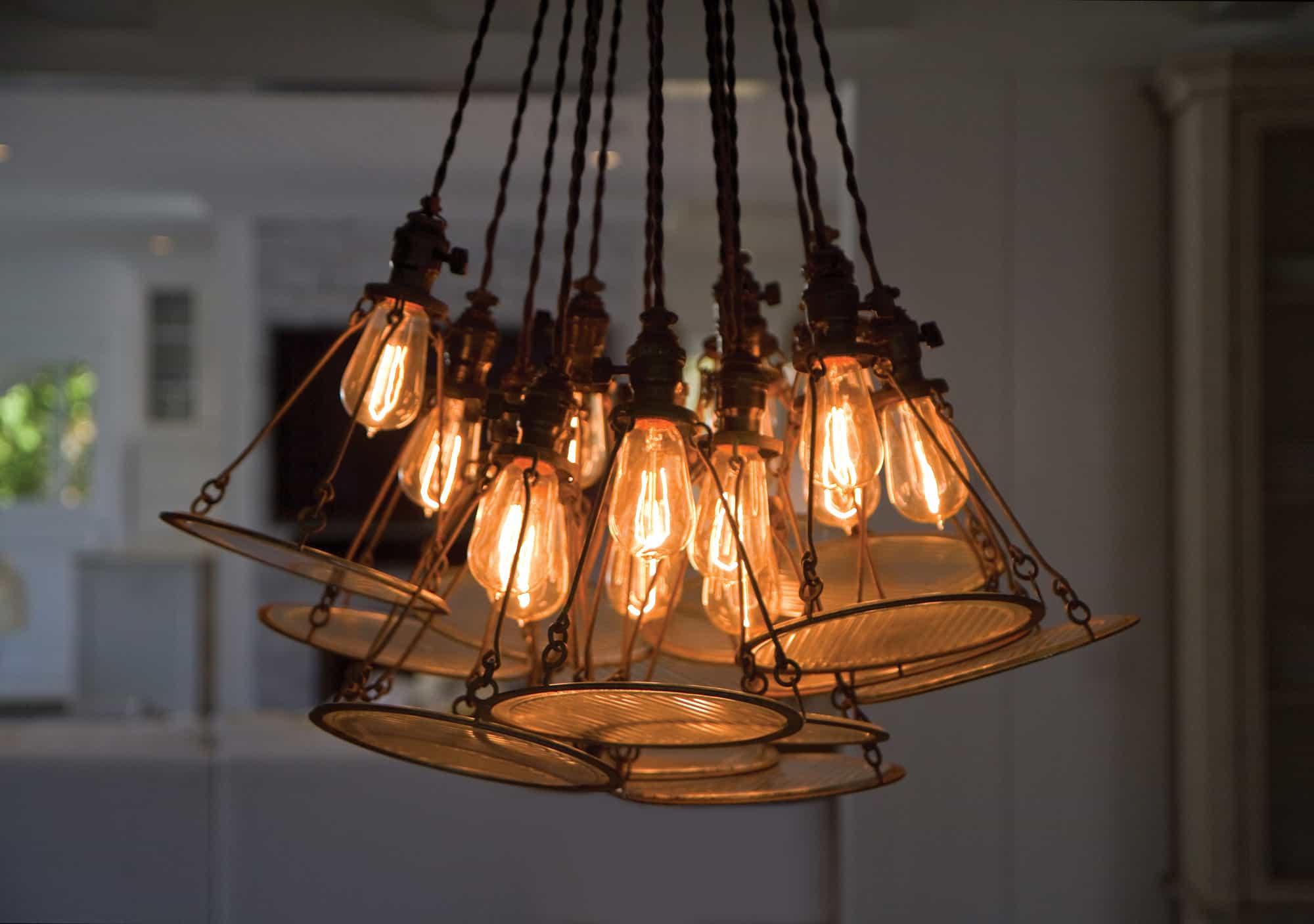

Furniture
What Type Of Energy Is A Lamp
Modified: January 18, 2024
Discover what type of energy powers a lamp and how it adds to the ambiance of your furniture-filled space. Unlock the secrets to illuminating your home with style and efficiency.
(Many of the links in this article redirect to a specific reviewed product. Your purchase of these products through affiliate links helps to generate commission for Storables.com, at no extra cost. Learn more)
Introduction
Lamps are an essential part of our everyday lives, providing us with the necessary illumination to navigate through our homes, offices, and other spaces. But have you ever wondered what type of energy powers a lamp? In this article, we will uncover the different types of lamps and the energy sources that bring them to life.
When we talk about lamps, we often think of the traditional incandescent options. However, with advancements in technology, there are now various types of lamps available, each utilizing different energy sources and offering unique benefits. Let’s dive into the world of lamps and explore their energy sources.
Key Takeaways:
- LED lamps are the energy-efficient champions, offering up to 80% more energy savings compared to incandescent lamps. Their long lifespan and versatility make them the ideal choice for cost-effective and sustainable lighting solutions.
- When it comes to energy efficiency, LED lamps outshine the competition. With their durability, long lifespan, and customizable lighting options, they are the clear winner for a greener and more sustainable future.
Read more: What Is A Type A Lamp Light Bulb
Types of Lamps
Lamps come in different shapes, sizes, and designs, catering to various lighting needs and preferences. Here are the main types of lamps:
- Incandescent Lamps: Incandescent lamps are the most common and traditional type of lamps. They work by passing an electric current through a filament, which then produces light. The filament is typically made of tungsten and emits a warm, yellowish glow. However, incandescent lamps are not the most energy-efficient option, as they convert a significant portion of energy into heat rather than light.
- Fluorescent Lamps: Fluorescent lamps have gained popularity due to their energy efficiency. They contain a gas-filled tube that emits ultraviolet light when an electric current passes through it. The tube is coated with phosphor, which converts the ultraviolet light into visible light. Fluorescent lamps provide a cooler, white light and are commonly used in offices, commercial spaces, and homes.
- LED Lamps: LED (Light Emitting Diode) lamps have revolutionized the lighting industry with their energy efficiency and versatility. LED lamps use a semiconductor to emit light when an electric current passes through it. They are highly efficient, consuming less energy than incandescent and fluorescent lamps while offering a wide range of color options. LED lamps have a longer lifespan and can be found in various applications, from residential lighting to outdoor displays.
- Halogen Lamps: Halogen lamps are a type of incandescent lamp that uses halogen gas to increase efficiency and lifespan. The halogen gas combines with the evaporated tungsten filament, redepositing it back onto the filament, which prolongs its life. Halogen lamps provide a bright, white light and are commonly used for accent lighting or in lamps with directional lighting needs, such as desk lamps or spotlights.
These are the main types of lamps available on the market. Each type offers different lighting characteristics, energy efficiency levels, and lifespan. Now, let’s take a closer look at each lamp type and its energy source.
Incandescent Lamps
Incandescent lamps have a long history and are the traditional choice for lighting. They work by passing an electric current through a filament made of tungsten, which is housed inside a glass bulb filled with an inert gas, typically argon. When the current passes through the filament, it heats up and emits light.
Unlike other types of lamps, incandescent lamps produce a warm, yellowish light that closely resembles natural sunlight. This warm light is often preferred for creating a cozy and comfortable ambiance in homes and living spaces.
However, incandescent lamps have a significant drawback when it comes to energy efficiency. The majority of the energy used by the lamp is converted into heat rather than light, making them less efficient compared to newer lamp technologies.
Due to their low energy efficiency, incandescent lamps are gradually being phased out in many countries as part of energy conservation efforts. In fact, several countries have banned or restricted the production and sale of incandescent lamps in favor of more energy-efficient alternatives.
Despite their declining popularity, incandescent lamps still have their uses. They are often preferred for certain applications, such as decorative lighting fixtures or lamps where the warm light is desired. Some people also appreciate the instantaneous warm-up time of incandescent lamps, as they reach their full brightness as soon as they are turned on.
It is worth noting that there have been advancements in incandescent lamp technology to improve their energy efficiency. Energy-saving incandescent lamps, also known as halogen incandescent lamps, use halogen gas to regenerate the evaporated tungsten on the lamp’s filament. This process increases the lamp’s lifespan and energy efficiency.
Overall, while incandescent lamps were once the go-to choice for lighting, their energy inefficiency has led to the rise of more eco-friendly alternatives. However, incandescent lamps still have a place in certain lighting applications where their warm light and unique characteristics are desired.
Fluorescent Lamps
Fluorescent lamps are a popular choice for both residential and commercial lighting due to their energy efficiency and long lifespan. These lamps work on the principle of fluorescence, which involves the conversion of electrical energy into visible light through the use of a gas-filled tube and a phosphor coating.
The tube of a fluorescent lamp is filled with a small amount of mercury vapor and argon gas. When an electric current passes through the gas, it produces ultraviolet (UV) light. The inside of the tube is coated with a phosphor material that absorbs the UV light and emits visible light.
Compared to incandescent lamps, fluorescent lamps consume significantly less energy to produce the same amount of light, making them a more energy-efficient choice. They typically provide a cool, white light that is ideal for task lighting, such as in offices, schools, and commercial spaces.
Aside from their energy efficiency, fluorescent lamps also have a longer lifespan, typically lasting about 10,000 to 20,000 hours, depending on the quality of the lamp and usage. However, it is important to note that fluorescent lamps require a short warm-up time to reach their full brightness when first turned on.
In recent years, there have been advancements in fluorescent lamp technology, leading to the development of compact fluorescent lamps (CFLs). CFLs are a smaller and more compact version of fluorescent lamps, making them suitable for a wider range of lighting applications, including residential use.
While fluorescent lamps offer numerous benefits, they do have some drawbacks. One common concern is the presence of mercury in these lamps. Mercury is a toxic substance that can be harmful to human health and the environment if not handled and disposed of properly. It is essential to follow the proper recycling and disposal procedures for fluorescent lamps to minimize any potential environmental impact.
Despite the concerns about mercury, the energy-saving benefits of fluorescent lamps, along with advancements in technology, have made them a popular choice for efficient lighting solutions in both residential and commercial settings.
LED Lamps
LED (Light Emitting Diode) lamps have revolutionized the lighting industry with their energy efficiency, versatility, and long lifespan. LED lamps are a popular choice for both residential and commercial lighting applications due to their numerous advantages over traditional lighting options.
Unlike incandescent and fluorescent lamps, LED lamps do not rely on a filament or gas-filled tubes to produce light. Instead, they use a semiconductor material that emits light when an electric current passes through it. This technology allows LED lamps to convert a higher percentage of electrical energy into visible light, making them incredibly energy-efficient.
One of the key benefits of LED lamps is their exceptional energy efficiency. LED lamps consume significantly less energy than traditional lamps, which helps reduce electricity consumption and lower energy costs. In fact, studies have shown that LED lamps are up to 80% more energy-efficient than incandescent lamps.
LED lamps also have a much longer lifespan compared to other lamp types. While incandescent lamps last for around 1,000 hours and fluorescent lamps around 10,000 to 20,000 hours, LED lamps can last for more than 50,000 hours. This means that LED lamps require fewer replacements, resulting in reduced maintenance costs.
Another advantage of LED lamps is their durability and resistance to shock, vibration, and extreme temperatures. LED lamps are designed to be robust and reliable, making them suitable for various environments and applications.
Furthermore, LED lamps offer unparalleled versatility in terms of color options and control. LEDs are available in a wide range of colors, from warm white to cool white to vibrant colors, allowing for customized lighting solutions to match specific preferences or create different moods. LED lamps can also be dimmable, offering flexibility and control over the lighting output.
Although LED lamps typically have a higher upfront cost compared to traditional lamps, the long-term energy savings and extended lifespan make them a worthwhile investment. The cost savings over the lifetime of an LED lamp can often outweigh the initial expense.
LED lamps have become increasingly popular due to their energy efficiency, long-lasting performance, and versatility. They can be found in various applications, including residential lighting, commercial buildings, street lighting, automotive lighting, and even decorative lighting. As technology continues to advance, LED lighting is expected to become even more efficient, affordable, and widely adopted.
The type of energy a lamp uses is typically electrical energy. This energy is converted into light and heat by the lamp’s bulb, allowing it to illuminate a space.
Halogen Lamps
Halogen lamps are a type of incandescent lamp that uses a halogen gas to improve efficiency and prolong the lamp’s lifespan. They are known for their bright, white light and are commonly used in a variety of applications where focused and directional lighting is required.
Halogen lamps work on a similar principle to traditional incandescent lamps, where an electric current passes through a tungsten filament, heating it up and causing it to emit light. However, in halogen lamps, this process is enhanced by the presence of a halogen gas, usually iodine or bromine, enclosed within the lamp.
The halogen gas in the lamp reacts with the tungsten filament, causing any evaporated tungsten particles to be redeposited onto the filament, rather than accumulating on the glass surface. This regeneration process helps to extend the lifespan of the lamp and maintain its efficiency over time.
One of the key advantages of halogen lamps is their ability to produce a bright, white light that closely resembles natural daylight. This makes them suitable for various applications where color accuracy and clarity are important, such as in photography studios, art galleries, and retail spaces.
Halogen lamps also offer excellent control over the direction of light. They are commonly used in fixtures with adjustable heads, allowing for precise positioning and highlighting of specific areas or objects.
Compared to traditional incandescent lamps, halogen lamps are slightly more energy-efficient. However, they still consume more energy and generate more heat than other lamp types like fluorescent or LED lamps. It is important to handle halogen lamps with care, as they can become very hot during operation.
Halogen lamps are available in various shapes, sizes, and wattages, making them suitable for different lighting needs. They are commonly used as task lighting, accent lighting, or outdoor lighting options.
It is worth noting that the high temperatures produced by halogen lamps require careful consideration when selecting a suitable fixture for installation. The fixture must be designed to handle the heat to ensure safety and prevent any risk of fire.
Overall, halogen lamps offer a combination of brightness, color quality, and directional control, making them a popular choice for specific lighting applications. However, with the advancements in LED technology and its superior energy efficiency, halogen lamps are gradually being phased out in favor of more environmentally-friendly and cost-effective lighting options.
Comparison of Lamp Types
When choosing a lamp for your lighting needs, it’s important to consider the different characteristics and benefits of each lamp type. Here is a comparison of the main lamp types:
- Incandescent Lamps: Incandescent lamps are known for their warm, yellowish glow. They are inexpensive but have low energy efficiency and a relatively short lifespan. They are still commonly used for decorative lighting or where warm light is desired.
- Fluorescent Lamps: Fluorescent lamps are highly energy-efficient and provide a cool, white light. They have a longer lifespan compared to incandescent lamps but require a short warm-up time to reach full brightness. However, they contain mercury and require proper disposal.
- LED Lamps: LED lamps offer unmatched energy efficiency and a long lifespan. They are available in various colors, are highly durable, and have instant on/off capabilities. Although they have a higher upfront cost, the long-term energy savings and extended lifespan make them cost-effective in the long run.
- Halogen Lamps: Halogen lamps produce a bright, white light and are often used for focused and directional lighting. They offer good color accuracy and clarity. While they are more efficient and have a longer lifespan than traditional incandescent lamps, they still consume more energy and generate more heat.
When comparing these lamp types, it becomes evident that LED lamps are the most energy-efficient and durable option, with the longest lifespan. They also offer the most versatility in terms of color options and control. LED lamps are ideal for both residential and commercial applications where energy efficiency and cost savings are vital.
Fluorescent lamps are a popular choice for larger spaces, such as offices and commercial buildings, where energy efficiency and cool, white light are required. However, proper disposal and handling of fluorescent lamps due to the presence of mercury are necessary.
Incandescent lamps are still suitable for specific uses, such as decorative lighting or where a warm ambiance is desired. However, their low energy efficiency makes them less practical for general lighting purposes.
Halogen lamps are favored for their bright, white light and directional control but are gradually being phased out due to their energy inefficiency and higher heat generation compared to LED lamps.
Ultimately, the choice of lamp type will depend on the specific lighting needs, energy efficiency requirements, and budgetary considerations. LED lamps are the future of lighting technology, offering superior energy efficiency, durability, and versatility for a wide range of applications.
Energy Efficiency of Lamps
Energy efficiency is a crucial factor to consider when choosing a lamp. Not only does it impact your electricity bill, but it also has a significant environmental impact. Let’s explore the energy efficiency of different lamp types:
- Incandescent Lamps: Incandescent lamps are the least energy-efficient option. They convert a significant portion of the energy they consume into heat rather than light. Only about 10% of the energy is actually converted into visible light, making them highly inefficient.
- Fluorescent Lamps: Fluorescent lamps are much more energy-efficient compared to incandescent lamps. They require less energy to produce the same amount of light. On average, a fluorescent lamp uses about 25% to 35% of the energy consumed by an incandescent lamp to achieve the same level of brightness.
- LED Lamps: LED lamps are the most energy-efficient type of lamp on the market. They use significantly less energy compared to both incandescent and fluorescent lamps. LED lamps can be up to 80% more energy-efficient, which translates to significant savings on electricity bills.
- Halogen Lamps: Halogen lamps are more energy-efficient than traditional incandescent lamps, but they still consume more energy compared to LED and fluorescent lamps. The presence of the halogen gas helps improve efficiency and prolong the lamp’s lifespan, but they still generate a significant amount of heat.
The energy efficiency of a lamp is usually indicated by its lumens per watt (lm/W) rating. This rating indicates the amount of light output (lumens) produced per unit of power (watt) consumed. LED lamps have the highest lumens per watt rating, reflecting their superior energy efficiency.
Switching from incandescent lamps to energy-efficient options, such as LED or fluorescent lamps, can lead to significant energy savings. Not only do these lamps consume less power for the same amount of light output, but they also have longer lifespans, reducing the frequency of replacements.
It’s worth noting that energy efficiency is not only important for cost savings but also for reducing greenhouse gas emissions and minimizing environmental impact. By choosing energy-efficient lamps, you can contribute to a more sustainable future by reducing your carbon footprint.
In recent years, there has been a global shift towards phasing out inefficient lamps and promoting energy-efficient lighting solutions. Many countries have implemented regulations and standards to encourage the use of energy-efficient lamps and gradually phase out less efficient options.
If energy efficiency is a priority for you, LED lamps are the clear winner. They provide the highest energy savings, longest lifespan, and the ability to customize lighting options to suit your needs. Making the switch to LED lamps is not only an investment in cost savings but also a responsible choice for a greener and more sustainable future.
Conclusion
Choosing the right lamp for your lighting needs goes beyond aesthetics and functionality. Understanding the different types of lamps and their energy sources is essential for making informed decisions that align with your goals of energy efficiency, cost savings, and sustainability.
Incandescent lamps, with their warm glow, are a traditional choice but offer low energy efficiency. They are gradually being replaced by more efficient options such as LED, fluorescent, and halogen lamps.
Fluorescent lamps provide a cool, white light and offer significant energy savings compared to incandescent lamps. However, they contain mercury, requiring proper disposal to minimize environmental impact.
LED lamps are the champions of energy efficiency, with the ability to save up to 80% more energy compared to incandescent lamps. They have a longer lifespan and offer versatility in color options and control, making them suitable for various applications.
Halogen lamps, while more efficient than traditional incandescent lamps, still consume more energy compared to LED and fluorescent options. They produce bright, white light and are commonly used for directional lighting needs.
When it comes to energy efficiency and cost savings, LED lamps are the clear winner. They are durable, have a long lifespan, and provide significant energy savings over time. LED technology continues to advance, making it more affordable and accessible for both residential and commercial lighting needs.
As consumers, our choices matter. By prioritizing energy efficiency in our lighting decisions, we can contribute to a more sustainable future. Energy-efficient lamps not only save money on electricity bills but also reduce greenhouse gas emissions and minimize our carbon footprint.
So, the next time you’re in the market for a lamp, think beyond its design and consider its energy efficiency. Opt for LED or fluorescent lamps to save energy, lower your environmental impact, and enjoy the benefits of long-lasting, quality lighting.
By making conscious decisions, we can illuminate our spaces while taking a step towards a brighter and greener future.
Frequently Asked Questions about What Type Of Energy Is A Lamp
Was this page helpful?
At Storables.com, we guarantee accurate and reliable information. Our content, validated by Expert Board Contributors, is crafted following stringent Editorial Policies. We're committed to providing you with well-researched, expert-backed insights for all your informational needs.
